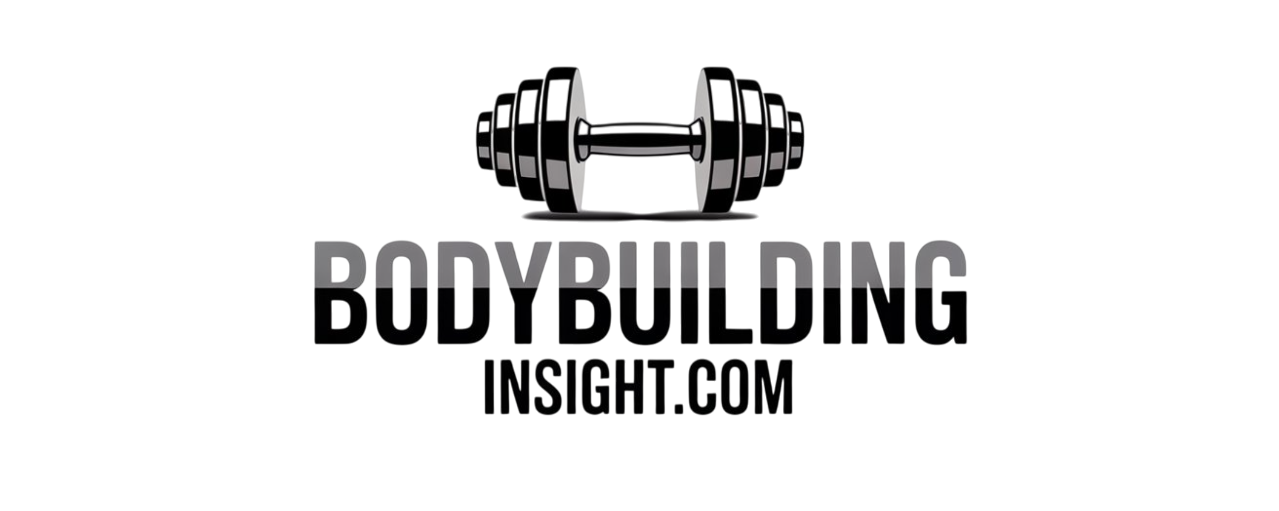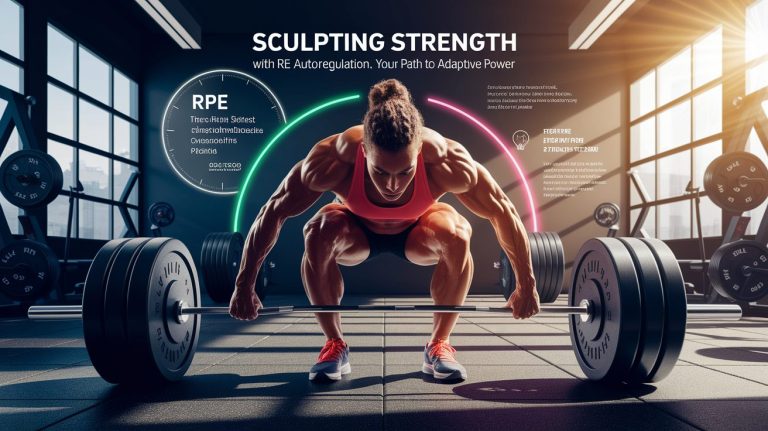Is Weight Lifting High Impact? Separating Fact from Fiction
Launchpad: Lifting the Question Immediately
Ask five people whether weight lifting is a high-impact exercise, and you’ll often get varied answers—some assume that moving heavy weight must mean high impact, while others refer to it as joint-friendly resistance training. To settle this, we need to strip away assumptions and focus on the science of exercise impact classification. Understanding what impact means in exercise physiology allows us to place weight lifting in its proper category and see its true effects on your joints, bones, and overall fitness.

Decoding ‘Impact’ in Exercise Science
In exercise science, impact refers to the magnitude of external forces—often from ground reaction—absorbed by the body during movement. High-impact exercises generate forces greater than twice your body weight, such as during sprinting, jumping, or plyometric drills. These activities create mechanical stress for bones and joints through repeated, often explosive contacts with the ground.
By contrast, weight lifting relies on deliberate, controlled muscle contractions resisting external loads. Your feet are often stationary, and the body experiences substantial internal muscular forces without the repetitive pounding seen in running or jumping. This makes it a high-intensity, low-impact exercise, where intensity is measured by load and effort, not by external mechanical shock.
Why Weight Lifting is Low-Impact
The defining characteristic of weight lifting is high muscular effort against resistance, not high external force on joints. Internal muscle-generated tension in powerlifting or bodybuilding creates physiological stress beneficial for muscle hypertrophy and bone strengthening, but lacks the repetitive impact loading observed in high-impact exercise.

For example, the LIFTMOR trial used resistance at 80–85% of one-rep max to improve bone density—demonstrating that high-intensity resistance training can deliver skeletal benefits without external impact forces. This makes weight lifting ideal for those seeking strength building workouts while minimizing joint stress from impact.
Health Benefits of Low-Impact Lifting
Low-impact resistance training like weight lifting delivers a wide range of documented health benefits:
- Muscle strength and hypertrophy: Directly promotes muscle growth and joint stability.
- Improved glucose metabolism: Supports cardiovascular and metabolic health (Harvard source).
- Lower injury risk: Strengthens connective tissue and enhances joint support (Healthline overview).
- Bone density improvements: Can stimulate bone remodeling through internal mechanical loading, even without impact forces.
While high-impact exercises may provide superior direct osteogenic stimulus through ground reaction forces, combining them strategically with weight lifting can yield maximal musculoskeletal health benefits.
When to Add High-Impact for Maximum Bone Health
High-impact activities, such as plyometrics or jump training, excel at stimulating bone mineral density through external loading. They’re particularly beneficial for bone health in postmenopausal individuals or athletes needing greater shock-loading for performance gains.
Evidence shows that integrating moderate amounts of high-impact work with high-intensity resistance training—such as adding low-volume jumps to a strength routine—can maximize skeletal benefits (JBMR research and clinical trial insights). This combination respects the joint-friendly nature of lifting while using targeted impact to enhance bone health outcomes.
Lift Smart: Final Thoughts on Impact and Injury
Biomechanically, high-impact exercises generate large external forces absorbed by bones and joints—great for bone adaptation but riskier if technique or physical preparedness is lacking. Weight lifting, on the other hand, delivers high internal muscular forces and lower external impact forces, making it safer for most in terms of impact-related joint stress.
Proper exercise selection, correct technique, and gradual progression make weight lifting an excellent long-term tool for muscle development, bone strengthening, and joint health. For those with existing joint conditions or seeking minimal mechanical shock, resistance training remains among the most joint-friendly workouts available. However, if maximum bone health is a goal, consider blending it with carefully dosed high-impact drills—always under guidance to manage intensity and technique.







